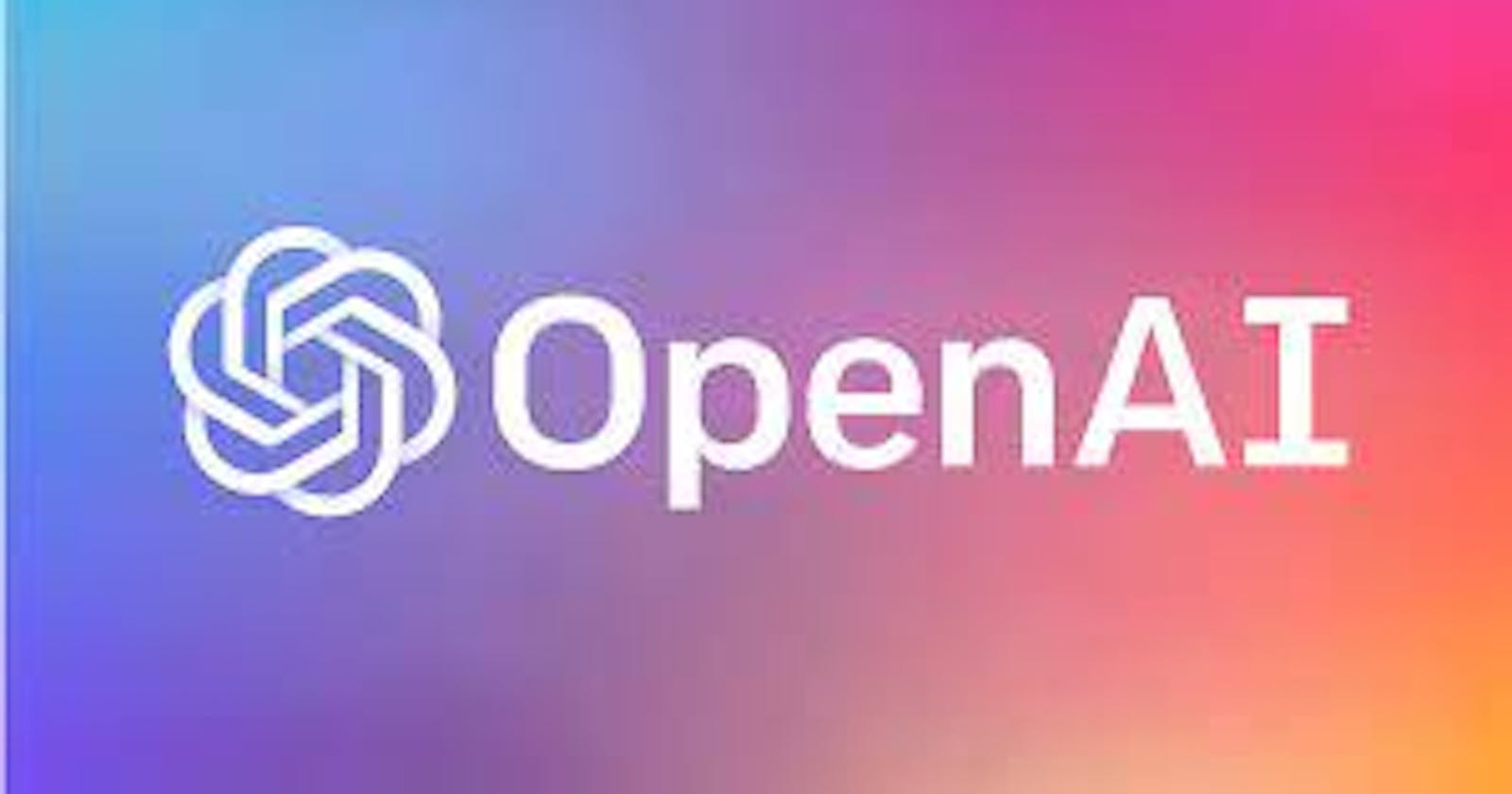Hello, fellow developers! 👋
I've been on an exciting journey recently, flexing my coding muscles around OpenAI. Today, I want to share the fruits of my labor and the choices I made between Node.js and Next.js. Strap in for the ride!
The Node.js Marvel
I dove into the world of Node.js, seamlessly integrating OpenAI's chat completion and image generation features into an application. The result? A robust and responsive app deployed with Dockerfile on Render. Check it out here. Node.js proved its mettle in handling high-load scenarios, showcasing its prowess as a backend powerhouse.
The Next.js Odyssey
Curiosity led me to explore Next.js, especially its server-side rendering capabilities. However, the euphoria was short-lived when I realized that Next.js might not be the optimal solution for high-performance, heavy-duty tasks. The application, deployed here, struggled to meet the demands of a bustling digital world.
Backend Brilliance
Next.js is fantastic for many things, but it seems backend-heavy tasks are best left to dedicated backend languages like Node.js or Golang. The responsiveness and speed I experienced with a backend-driven approach were unmatched.
Recognizing the strengths and limitations of Next.js, I turned to Node.js for heavy lifting. The responsiveness and speed achieved with a backend-driven approach were unparalleled. The lesson learned: the right tool for the right job.
The Full Picture
But wait, there's more! A frontend developer is currently fine-tuning the visual aesthetics of the application. We're also diving into the intricacies of user authentication with Firebase, making sure users can generate, save, and download images. Image collections are on the horizon, and we're in the process of implementing image file upload features. Exciting times ahead as we solidify our choice of Node.js and React for the backend.
Dockerized and Deployed (Again)
Ensuring scalability and reliability, we Dockerized the application and deployed it on Render. The user experience is seamless, the app is lightning-fast, and we're gearing up for even more features to delight our users.
Conclusion
In the grand scheme of things, the choice of technology matters. While Next.js is incredible for front-end and server-side rendering, it's essential to recognize its strengths and limitations. When it comes to heavy lifting, a backend language like Node.js or Golang might be the hero you need.
Remember, this journey is about more than just coding. It's about understanding the nuances of different technologies and choosing the right tools for the job.
Check out the site, and feel free to share your thoughts and experiences. Let's keep the conversation going!
Happy coding! 🚀
Join the Conversation!
Check out both versions: Node.js and Next.js. Share your thoughts and experiences as we continue to refine the project.
Stay tuned for more updates as we implement user authentication, image collections, and file uploads. Let's keep the conversation going, and happy coding! 🚀
